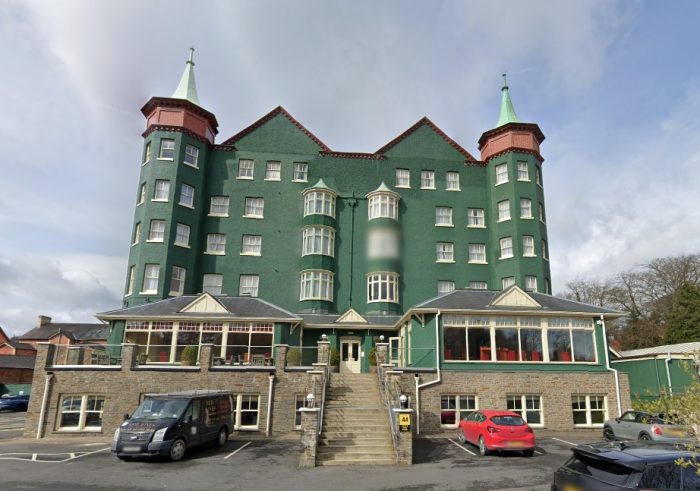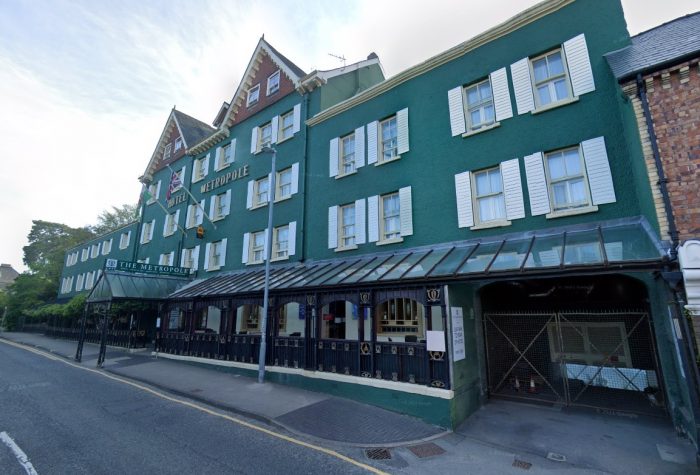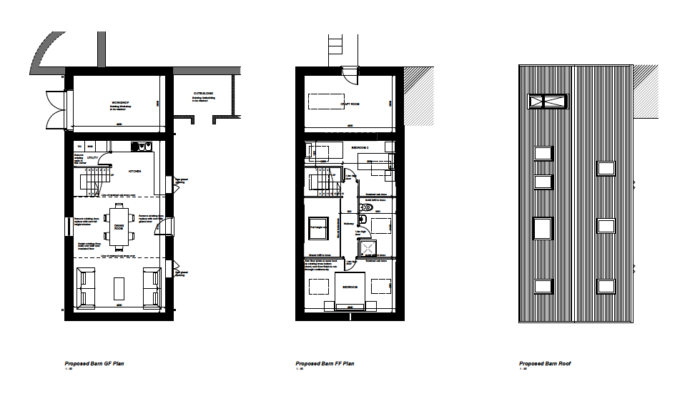The sale of one of the longest-run family hotels in Mid Wales has reignited the interest in Victorian architecture in the region and, specifically, within the historic spa town of Llandrindod Wells in Powys.
The Metropole Hotel was sold in November by the Gibson-Watt family who have owned it through five generations since 1872.
The hotel itself was built in 1872 at a time when there were very few buildings in the town. However, as the town and its reputation as a destination for wellness due to its natural spring wellness, entrepreneurs soon began building more hotels and homes to maximise the opportunities.
This is how the architectural landscape of Llandrindod changed and became what we see in the main today.
Iconic Victorian buildings designed and built to last
Whether you’re driving in from the south or north or via the Heart of Wales Railway Line, you’ll instantly see the large recognisable Victorian properties that line many of the streets.
The Victorian architects used red and yellow brick on the terraced homes and individual properties with many cast iron canopies, balconies and railings. Most were three or four properties with large rooms. Most of these remain in place, particularly in the town’s Conservation Areas.
Doug Hughes, Principal Architect and Managing Director at Hughes Architects, is from the town having lived and been educated there before heading off to university and eventually setting up Hughes Architects 21 years ago.
He said much of the Victorian areas of Llandrindod were architecturally important and this was one reason why many are in Conservation Areas or even Grade II listed buildings.
“They are not only important architecturally in their own right, but within the streetscapes and overall town itself. Llandrindod built its wealth and reputation in the Victorian era and today that shines through architecturally,” he said.
Hughes Architects has worked on several key properties in the town, many of which are from that period.
The Victorians were known for creating buildings and structures made to last.

Architecturally important buildings
“You can see the quality of their architectural, engineering and overall craftmanship just by looking at many of these buildings,” he added.
The Metropole Hotel itself was built in 1872. It was then known as The Bridge Hotel. Elizabeth Miles purchased the hotel in 1897. She was to be the first generation of the family that has just sold the building and business to Crest Hotels.
On 1 August 1911, the hotel’s name was changed to The Metropole Hotel. It was to be one of the main hotels in the area and today, following continued investment, it remains so as well as being a key business and conference venue in the heart of Wales.
It remains an iconic architectural building in the town and is also a symbol of the town itself.
Our role in Conservation architecture
Hughes Architects is a specialist in conservation architecture. We've worked on a wide range of projects involving Grade I and Grade II listed buildings.
Doug Hughes has been accredited as a Conservation Architect by the Royal Institute of British Architects (RIBA) and is also a member of the Society for the Protection of Ancient Buildings (SPAB).
There are over 42,000 architects in the UK and Doug is one of only 176 Conservation Architects currently on the RIBA’s Conservation Register.
We work with a wide range of clients on conservation projects. These include the National Trust and CADW, and we are approved surveyors and architects for the Church in Wales and Church of England.
If you're looking to undertake remodelling, extension or other building works on such a building, or just an older building, we can help advise you on the best way to do it. This includes working through the planning process and hurdles that are often in place to protect such buildings.



